Introduction
How To Care For A Parakeet: Parakeets, also known as budgerigars or budgies, are delightful and intelligent birds that make wonderful companions. Caring for a parakeet requires attention to their physical and emotional needs to ensure they lead happy and healthy lives. Whether you’re a first-time pet owner or an experienced bird enthusiast, providing the right care is essential to create a strong bond with your feathered friend and to keep them thriving in your home. The key aspects of parakeet care, including their housing, nutrition, socialization, and overall well-being, help you become a responsible and loving parakeet owner.
You’ll be well-prepared to create a nurturing environment for your parakeet and enjoy a rewarding and long-lasting relationship with your avian companion. Caring for a parakeet goes beyond providing food and shelter, it involves understanding their unique behaviors and preferences. Parakeets are known for their vibrant personalities and social nature, making them fantastic pets for those who are willing to invest time and effort into their care. Into the various aspects of parakeet care, starting with setting up the ideal living environment.
You’ll learn how to choose an appropriate cage, create a stimulating and safe space, and maintain proper hygiene to keep your feathered friend healthy. Diet is another critical aspect of parakeet care. The nutritional requirements of these birds, including the best foods to offer, how to ensure a balanced diet, and how to provide fresh water. Understanding their dietary needs is essential for their growth and longevity. Parakeets are highly social creatures that thrive on interaction and mental stimulation.
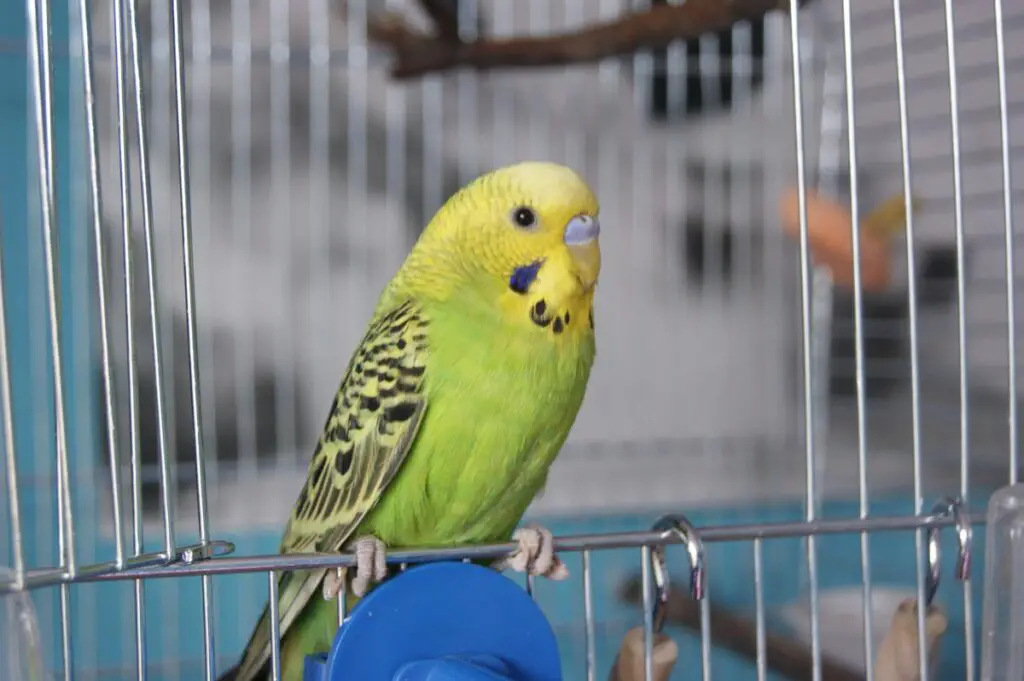
Is taking care of a parakeet easy?
They are usually thought of as easy keepers and are traditionally given bird seed and water and kept as multiples in relatively small cages.
Taking care of a parakeet can be a relatively straightforward and enjoyable experience, but it does require commitment, knowledge, and a genuine interest in the well-being of these feathered companions. Whether or not it’s easy largely depends on your dedication and willingness to meet their needs.
In terms of ease, parakeets are generally considered one of the more manageable bird species to care for. They are small, relatively low-maintenance, and have friendly and social personalities. Providing them with the basics, such as a clean and appropriately sized cage, fresh water, and a balanced diet of seeds, fresh fruits, and vegetables, isn’t overly complicated.
The key to successful parakeet care lies in the details. Maintaining their mental and emotional health requires daily interaction, mental stimulation, and socialization. Ensuring their safety and health means being vigilant about potential hazards, routine vet check-ups, and monitoring their behavior for signs of illness or distress.
Are parakeets hard to take care of?
The common pet parakeet belongs to the family Melopsittacus undulatus and is a type of small, seed-eating, long-tailed parrot. Though relatively easy birds to care for, parakeets need clean surroundings, a proper diet, social interaction, and mental stimulation.
Parakeets are not typically considered hard to take care of, but they do require a certain level of commitment and attention to ensure their well-being. Whether they are easy or difficult to care for largely depends on your willingness to meet their needs and your understanding of their specific requirements.
In terms of ease, parakeets are among the more manageable pet birds. They are relatively small and affordable to care for, making them an attractive option for beginners. Providing them with a suitable cage, fresh water, and a balanced diet of seeds, fresh fruits, and vegetables is relatively straightforward.
It’s crucial to recognize that parakeets are social creatures that thrive on interaction and mental stimulation. Neglecting their need for companionship and mental enrichment can lead to behavioral issues and unhappiness. Daily interaction, training, and opportunities for exercise are essential components of parakeet care.
What does a parakeet eat?
They feed on seeding grass far more than large parrots. In the wild they also eat fruit, nectar from flowers, insects and their larvae. And like the larger parrot species, they’ll also eat tree seeds, fruits, berries, buds and bark.
A parakeet’s diet is a crucial aspect of its overall health and well-being. These small and colorful birds have specific dietary needs that must be met to ensure they thrive.
The primary component of a parakeet’s diet is seeds. Commercially available parakeet seed mixes typically contain a combination of millet, canary grass seeds, and various other seeds. However, it’s essential to provide a balanced diet, and seeds alone are not sufficient.
Parakeets also require fresh fruits and vegetables to maintain optimal health. Foods like leafy greens, carrots, broccoli, apples, and grapes are excellent choices. These provide essential vitamins, minerals, and fiber that are not present in seeds alone.
Are parakeets easy to potty train?
Let your bird fly freely around the house once you are certain it knows where to go to potty. Parakeets are very intelligent, and they learn things easily, especially younger ones. However, potty training is a bit more difficult than teaching them to step up or step down. Be patient.
Parakeets, like many other birds, are not typically easy to potty train in the same way that you might train a dog or a cat. Unlike some mammals, birds don’t have a specific area or instinct to use for waste elimination. Instead, they tend to relieve themselves wherever they happen to be at the moment.
Some parakeet owners have had limited success in training their birds to be somewhat more predictable in their bathroom habits. This often involves observing your parakeet’s behavior and trying to anticipate when they are likely to need to eliminate waste. You can then place them over a designated area, such as a piece of newspaper or a specific perch, and encourage them to go there.
It’s essential to remember that potty training a parakeet can be a challenging and time-consuming endeavor. Some birds may show more willingness to cooperate than others, and success may vary from bird to bird. Consistency, patience, and positive reinforcement are key elements if you decide to attempt potty training with your parakeet.
Is it OK to pet a parakeet?
Here are the steps to properly and safely petting your pet bird: Don’t pet your bird anywhere below their neck, and only pet them gently on their head. Even if a bird’s sexual organs aren’t located in the areas of their back and beneath their wings, most birds still prefer being pet on the head and neck.
It is generally okay to pet a parakeet, but it’s essential to approach this with care and respect for the bird’s preferences and comfort. Parakeets are social birds and can form strong bonds with their owners, which may include some level of physical interaction, such as petting and gentle touching.
Not all parakeets enjoy being petted, and individual preferences vary. Some parakeets may be naturally more receptive to physical contact, while others may be more reserved or even fearful. It’s crucial to observe your parakeet’s body language and behavior to determine if they are comfortable with petting.
When attempting to pet a parakeet, approach slowly and gently. Use your fingertip to stroke their head or back, and pay close attention to their response. If the bird seems relaxed, leans into the touch, and displays signs of enjoyment, then petting can be a positive experience for both you and your parakeet.
How often do parakeets eat?
Parakeets have a very active metabolism and can easily become ill if they go without food for 24 hours. Parakeets should be provided with a staple diet of fresh parakeet seed or pellets daily. Be sure to check the food dish daily, as they will only eat from the top of what is offered.
Parakeets have a relatively high metabolism, which means they need to eat frequently throughout the day to maintain their energy levels and health. Typically, parakeets should have access to food and fresh water at all times.
In the wild, parakeets forage for food throughout the day, primarily eating seeds, fruits, vegetables, and occasional insects. To mimic their natural feeding habits, it’s essential to provide a continuous supply of fresh food in captivity.
A staple of a parakeet’s diet is a seed mix. However, they should not rely solely on seeds as they may lack some essential nutrients. Alongside the seed mix, offer fresh fruits and vegetables daily to provide vitamins, minerals, and variety in their diet.
How often should I hold my parakeet?
Take things slow and be patient. If your parakeet doesn’t seem to be making progress, take a break and come back to training later. Keep training sessions short: Parakeets have short attention spans, so it’s important to keep training sessions short and sweet. Aim for 10-15 minute sessions once or twice a day.
The frequency of holding your parakeet depends on various factors, including your bird’s personality, preferences, and the level of socialization it has received. Parakeets are social birds, and many enjoy human interaction. However, the key is to strike a balance that respects your parakeet’s comfort and boundaries.
Ideally, you should aim for daily interaction with your parakeet. Spend time near the cage, talking to your bird, offering treats, and allowing them to become accustomed to your presence. Gradually, you can begin to offer your hand or finger for them to perch on. If your parakeet is comfortable with this, you can proceed to hold them for short periods.
It’s essential to be patient and gentle when handling your parakeet, especially if it’s a new or young bird. Start with brief sessions and gradually extend the duration as your bird becomes more accustomed to being held.
Can parakeets leave their cage?
Moving is stressful for parakeets, so avoid taking the bird out of their cage as much as possible in the first week or so that you bring it home. Taking it out too soon could cause them to get nervous and fly into things that could hurt them. Get their wings clipped while you train them.
Safety first: Ensure that the area is safe and free from potential hazards such as open windows, other pets, toxic plants, or any small objects that could be ingested.
Supervision: Always supervise your parakeet during out-of-cage time to prevent accidents and keep them from getting into trouble.
Secure the environment: Close doors and windows, and use window screens or netting if needed. Cover any mirrors, as parakeets may become stressed or territorial when they see their own reflection.
Set up a play area: Prepare a designated play area with toys, perches, and safe surfaces for your parakeet to explore.
Encourage exercise: Allow your parakeet to fly or hop around, providing physical exercise and mental stimulation.
Offer treats and rewards: Use positive reinforcement to encourage your parakeet to return to their cage when playtime is over.
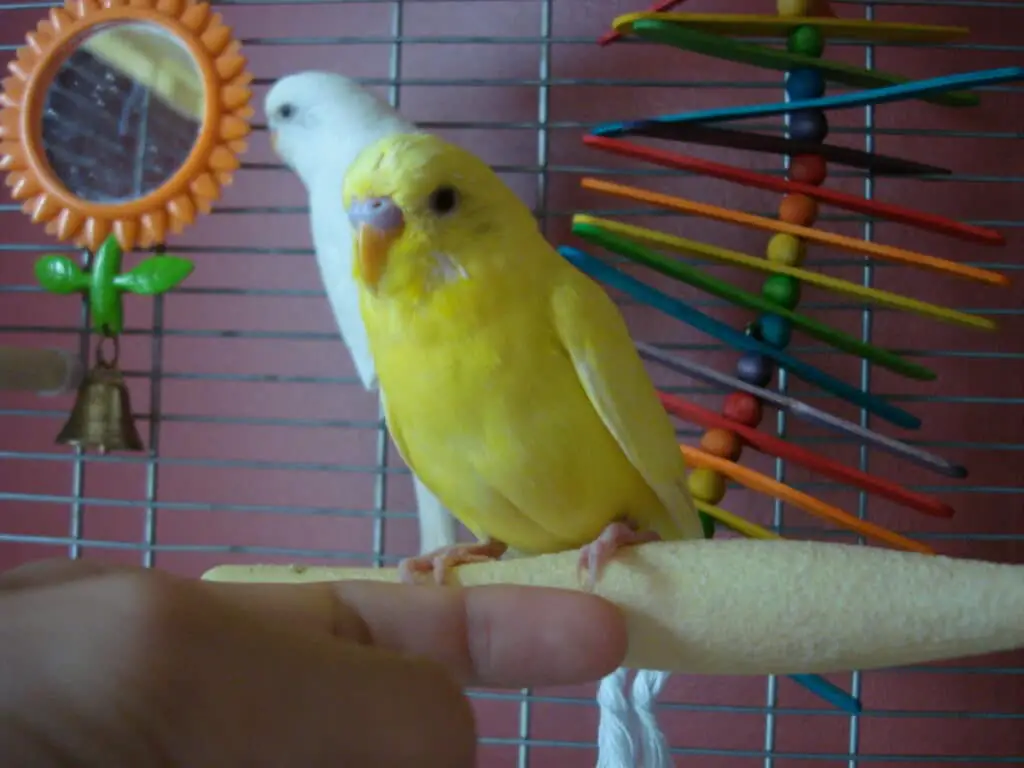
Conclusion
Caring for a parakeet is a rewarding and fulfilling experience that requires dedication, knowledge, and a genuine love for these charismatic birds. By providing the right living environment, a well-balanced diet, social interaction, and proper healthcare, you can ensure that your parakeet thrives both physically and emotionally. That every parakeet is unique, and understanding their individual preferences and needs is essential for building a strong bond. Patience and consistency in training and socialization will go a long way in developing a trusting and affectionate relationship with your feathered friend.
Throughout your journey as a parakeet owner, stay attentive to their well-being, and be prepared to adapt your care routine as they age or encounter health challenges. Regular vet check-ups and continuous learning about parakeet behavior will help you provide the best care possible. In return for your care and attention, parakeets offer companionship, entertainment, and endless joy. The time and effort invested in their well-being are richly rewarded with the love and affection of these vibrant little birds. Your parakeet owning adventure, you’ll not only witness their delightful personalities but also create lasting memories and a deep connection that will bring joy to your life for years to come.
To the practical aspects of parakeet care, it’s essential to appreciate the intangible benefits of having these feathered companions in your life. Parakeets are known for their ability to brighten up any room with their cheerful chirping and vibrant plumage. Their playful antics and inquisitive nature can bring a sense of wonder and amusement to your daily routine. The bond you form with your parakeet can be incredibly rewarding. These intelligent birds can learn tricks, mimic sounds, and respond to your affection. As you spend time nurturing and caring for your parakeet, you’ll develop a unique and heartwarming connection that can be incredibly fulfilling.

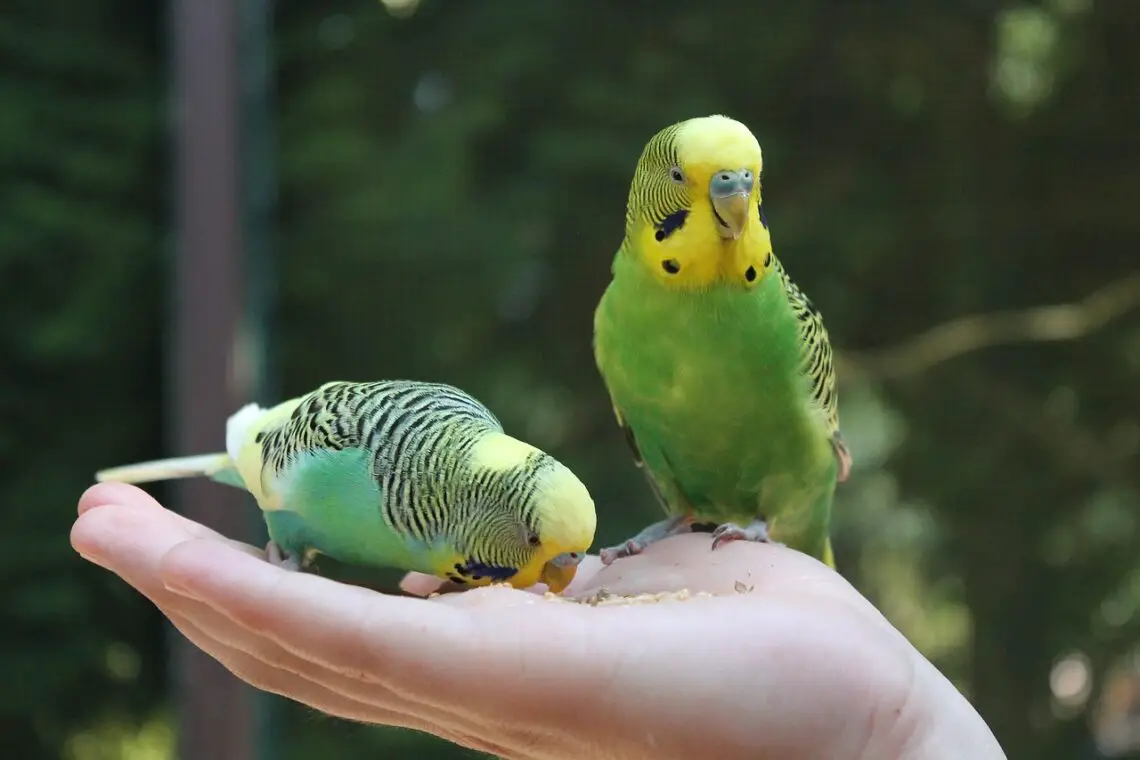
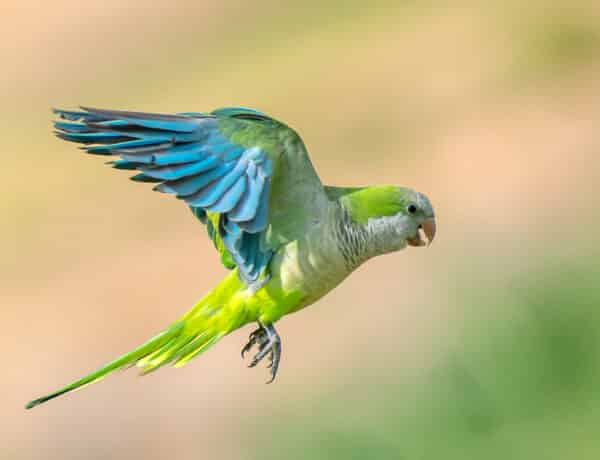
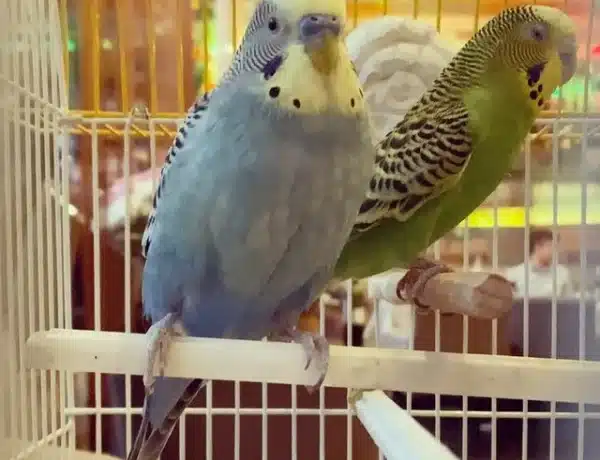
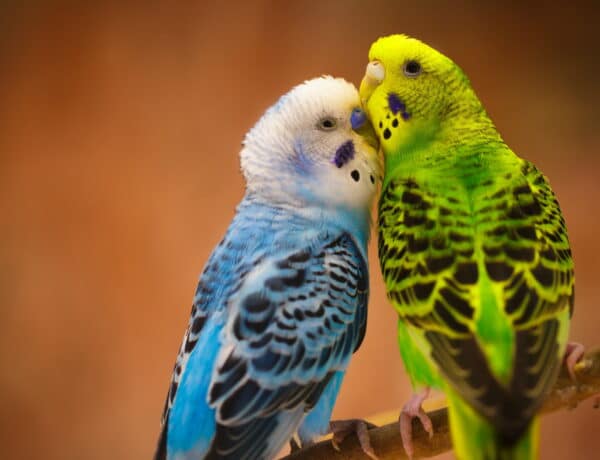
No Comments